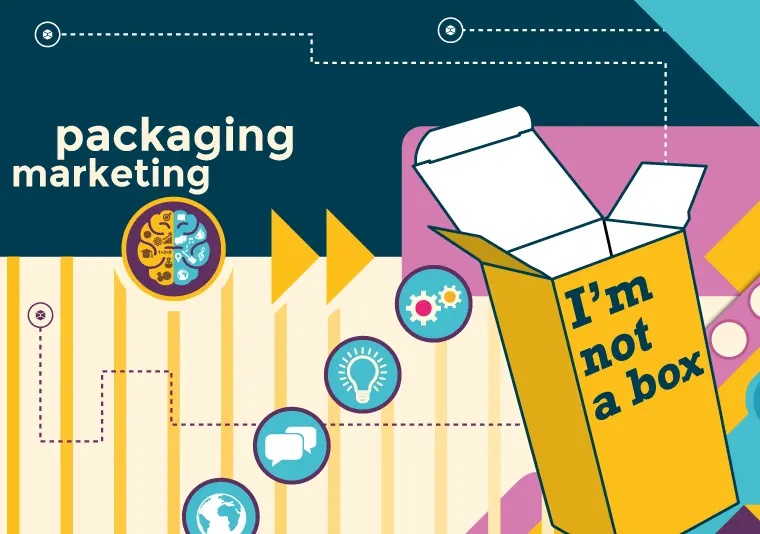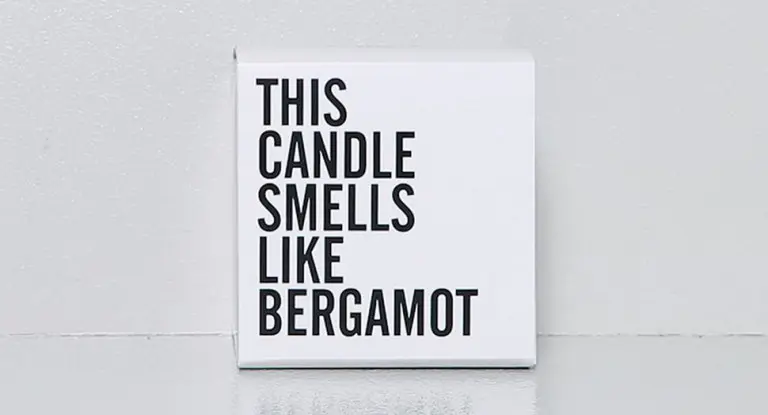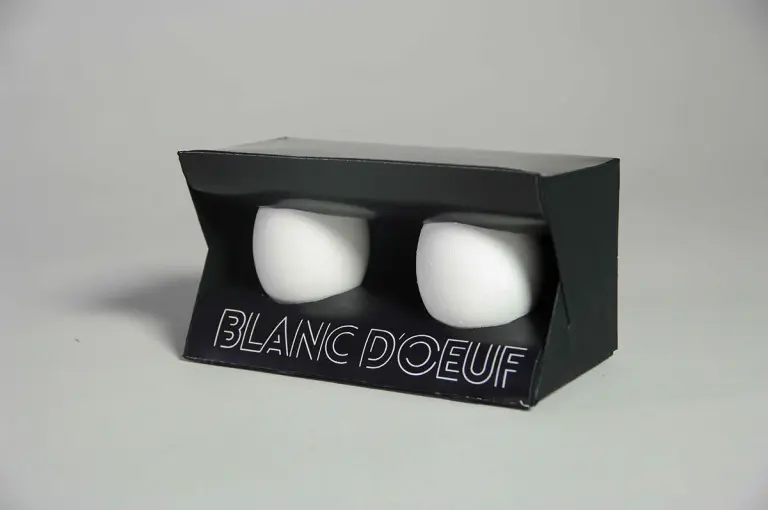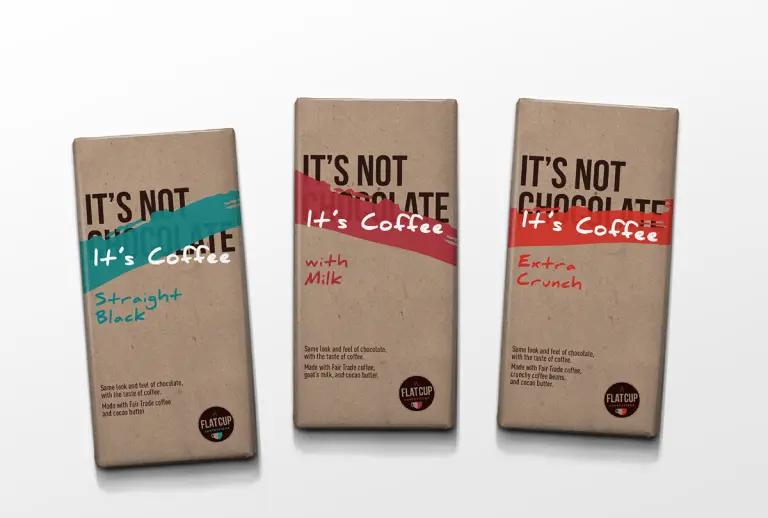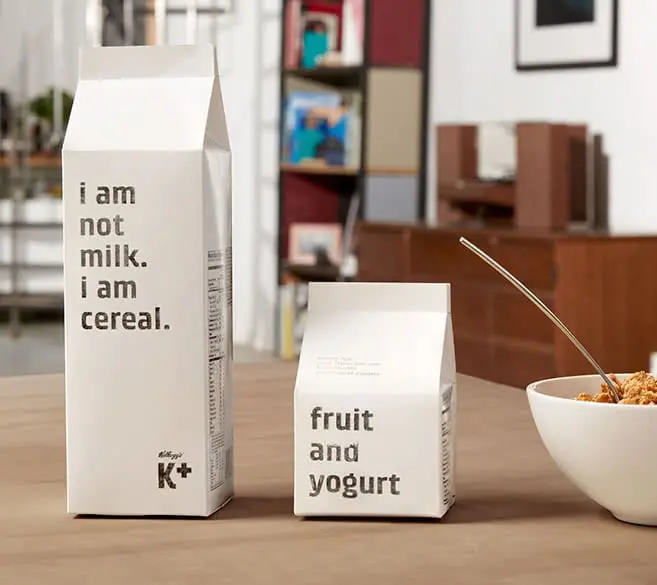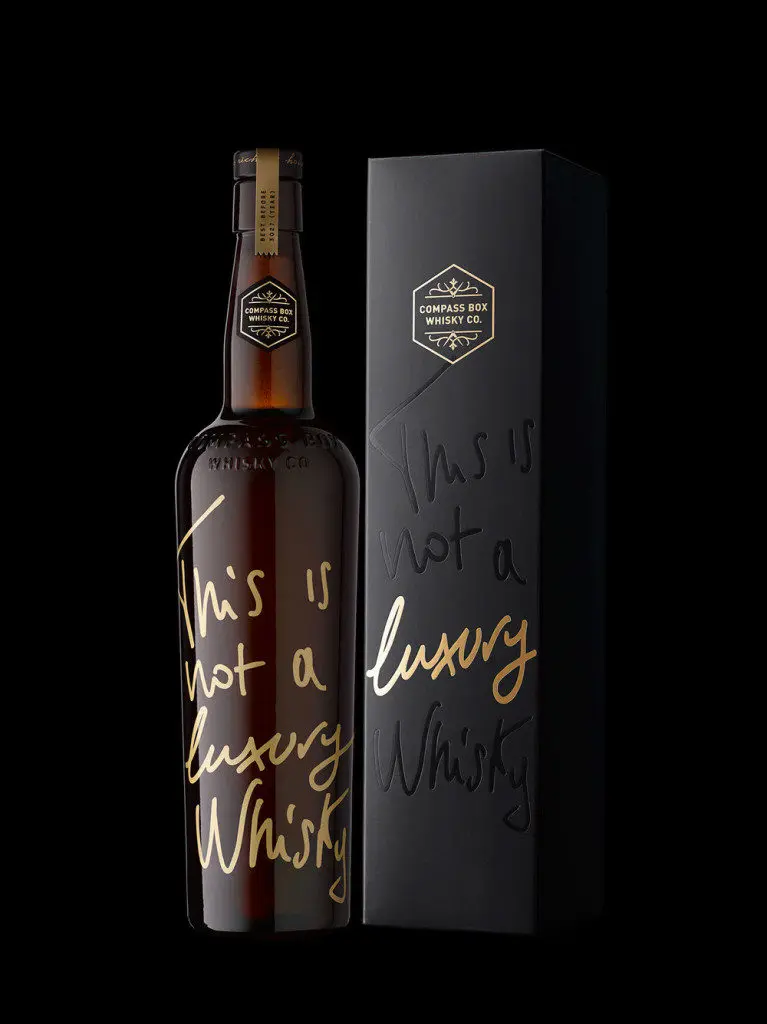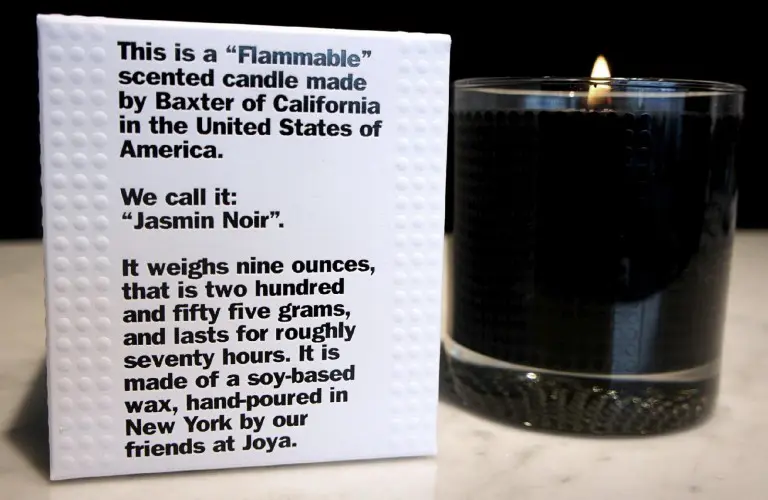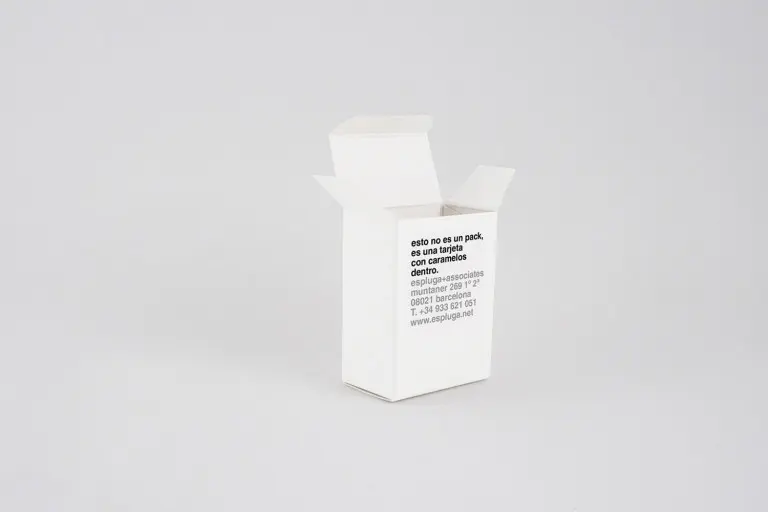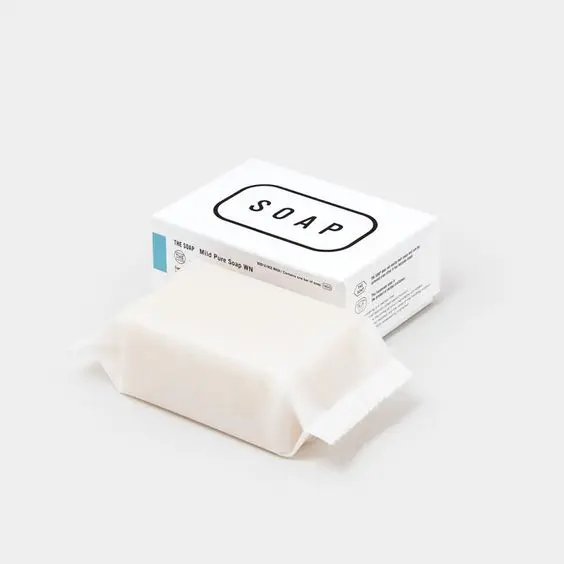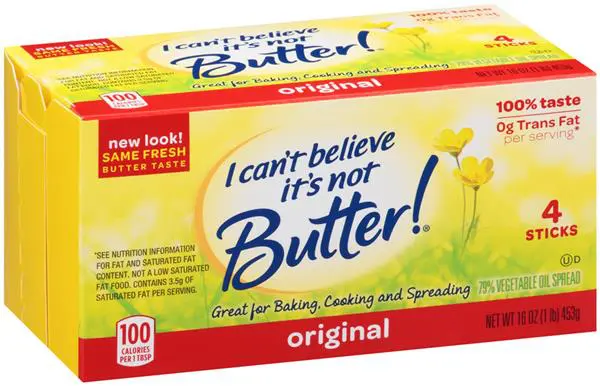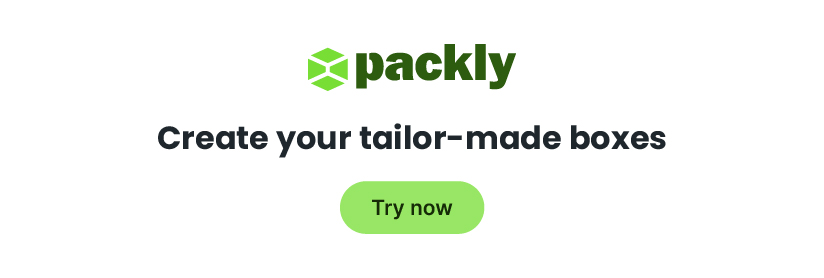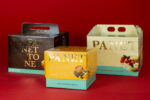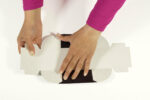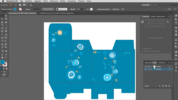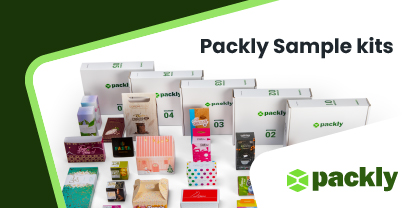Packaging, as a means of communication, uses both verbal (text) and non-verbal (color, shape, texture) elements to convey its message to consumers.
In various sectors, text is an essential graphic and communicative element that speaks clearly and directly to the consumer. This has given rise to the “declarative style” trend in which the packaging deliberately states what it is. Packaging, therefore, becomes the message itself.
This style is used to either describe the content of the packs, provide instructions or specify the field of application. As mentioned earlier, the main function is to provide an explanation of the product at a glance.
You can also use this technique in reverse by making the package declare what it is not (real or fake). The aim of this marketing strategy is to intrigue and amaze the buyers through the use of reverse psychology: a carton similar to a milk crate may read “I’m not milk” or a limited edition of whiskey could declare “I’m not a luxury whiskey” in gilded lettering, immediately capturing the attention of the consumer who will recognize, at a glance, that there is something wrong. However, there’s a risk of creating false expectations or confusing the consumers who, accustomed to the “sincerity” of packaging, could make wrong purchasing decisions.
Hence, in some states, they allow the use of negative statements only to emphasize the absence of certain ingredients or components. It is therefore important to use these statements in accordance with existing laws.
Nevertheless, this trend is an excellent marketing strategy to stimulate the curiosity of consumers and to convince them to choose your product over that of a competitor.
Scroll below to see 10 examples of descriptive packaging we picked for you.
Dive into this packaging trend right now and print your custom boxes with Packly!
